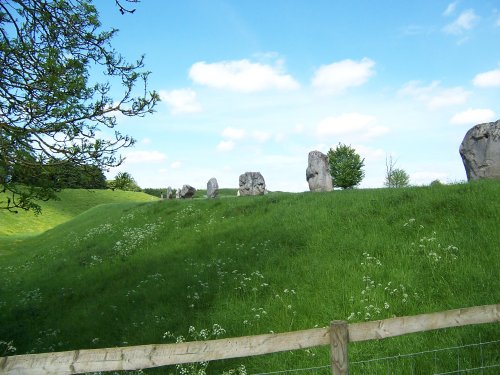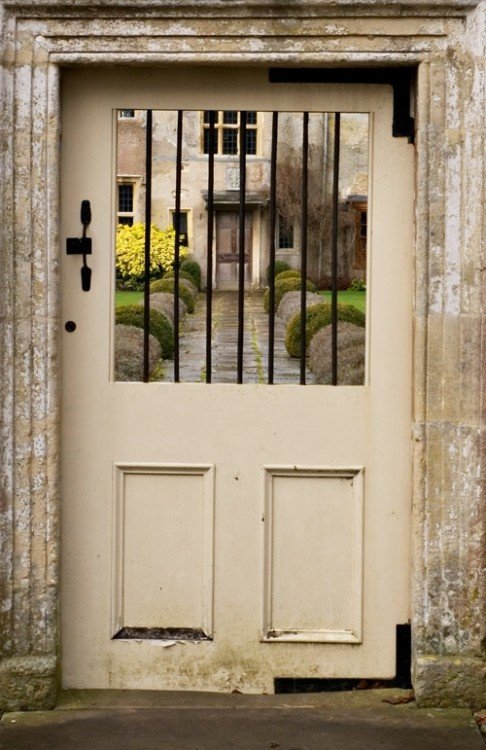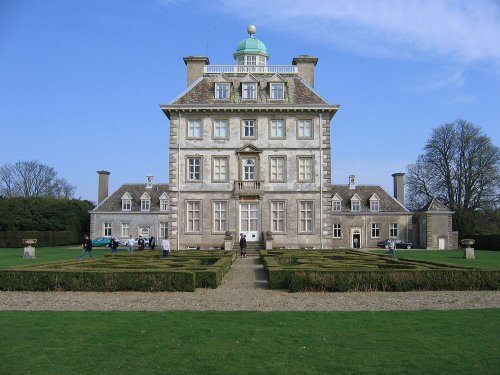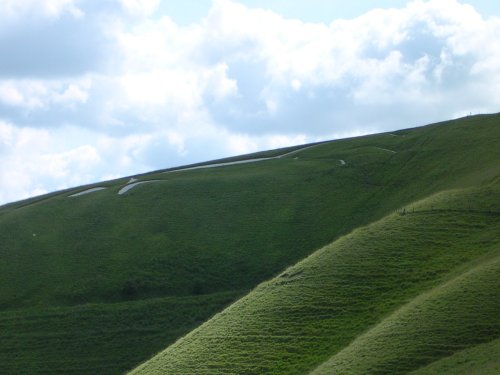Pictures of Marlborough
About Marlborough
Dramatic chalk downs extend from Berkshire into rural Wiltshire, they are particularly rich in pre-historic remains and shelter a wealth of charming market towns and pretty villages, featuring buildings from almost every period of British architectural history.
Marlborough is a market town situated on the old coaching route between London and Bristol, lying between the towns of Hungerford and Calne. The town grew up around an 11th-century Royal castle, it was granted a charter in 1204 by King John who had been married in the castle chapel.
Today, this lovely old town oozes with atmosphere as you walk down a wide High Street lined with Jacobean and Georgian buildings, with projecting upper floors over colannaded walkways. Some of the buildings have bays of mullioned windows, with doorways leading out onto cobbled pathways. Mostly, the buildings date from the middle of the 16th-century when a fire destroyed much of the High Street.
The delightful High Street is flanked at either end by a Church - at the west end lies the lovely Perpendicular Church of St.Peter and St.Paul. In spite of the fact that this church is now redundant, from the exterior it looks very much as it did when Cardinal Wolsey was ordained there in 1498. It is however preserved through a local trust and is open as a tourist centre. The chancel and sanctuary remain as they were at the end of the 19th-century, in the North aisle there is a cafe for visitors, and there is an Arts and Crafts shop. Events are regularly held here, these include a farmers market, art exhibitions and concerts.
St.Mary's Church at the opposite end of the High Street remains Marlborough's parish church. This was mentioned in the Doomsday Book, but the only visible part of the Norman church is the West Door. Parts of the church still show the result of damage from the turbulent days of the Civil war when refuge was sought here by Marlborough's Parliamentarian troops, bullet's found in the framework of the bells when the Tower was being restored in 1884 are a legacy of this time. The church was almost completely rebuilt following the fire of 1653 thus, this is the church we see today.
The town is famous for its college which was founded in 1843, the college buildings stand beside Castle Mound, where there have been discoveries of Stone Age and Roman remains. On the down-lands surrounding the town lie the Iron-Age Hillfort of Banbury Castle, and the White Horse, one mile south-west, is believed to have been cut in 1804.
Marlborough is a lively town where there is much of interest. It has notable hotels, one the Ivy House is a handsome Grade II listed building originally built for the Earl of Aylesbury in 1707 as Marlborough Academy, a school for boys. It is built around a cobbled courtyard, and retains many of its original features.
This town is perfect for exploring the beautiful surrounding Wiltshire countryside, Savernake Forest, Silbury Hill, Stonehenge, and Avebury Stone Circles are all within easy reach. For those that wish it, there is a Sundial Trail which is worth following, it picks out the foremost historic and picturesque sites in the area.
Marlborough offers a good selection of shops, plenty of inns, cafe's and restaurants. It hosts a number of annual events, these are normally published in the town Library and the Tourist Information centre.






